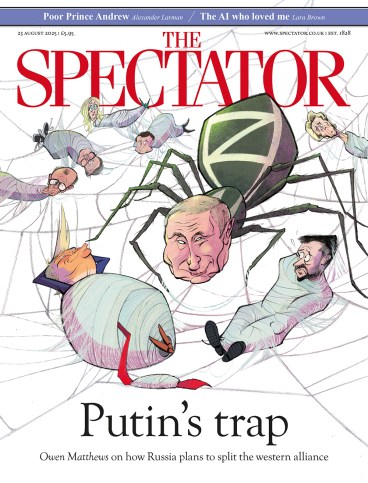
‘I can’t write books drinking all day and going to every soiree in Manhattan,’ Truman Capote complained. In order to write In Cold Blood, his ‘non-fiction novel’ about the murder of the Clutter family in Holcomb, Kansas, Capote and his partner Jack Dunphy therefore went to Palamos, a fishing town on the Costa Brava. Leaving New York in April 1960, they sailed to Le Havre, then drove across France with two dogs, one cat, ‘25 pieces of luggage’, and 4,000 pages of notes and transcripts. The killers, Dick Hickock and Perry Smith, were on death row. Their executions, Capote hoped, would take place later that year, at which point he would return to America and have his ending. But successive appeals were delaying the legal process, and the summer trip Capote had planned turned into a three-year European exile.
Cala Sania, one of the three houses that Capote rented, is now a writers’ residence, and it is here that the Argentinian journalist Leila Guerriero stays as she searches for his ‘ghost’ in this strangely pointless and self-indulgent book. ‘What do I feel when I see it for the first time?’ she asks of the house, which she compares, in one of many wince-inducing similes, to ‘a tame white animal surging up between sky and sea’.
What strikes her most is that while the landscape (‘trees clinging like claws to the mountain’s throat’) has changed over the past 60 years, her window faces the same sea that Capote looked at. Why did he come here, she wonders. The well-documented answer is that Capote’s friend, the author Robert Ruark, recommended the town, and The Difficult Ghost begins with Guerriero finding Ruark’s grave in the local cemetery. But ‘as the days pass’, she writes with the portentousness of a thriller, it turns out that ‘the man buried in the Palamos cemetery did not actually bring the ghost the woman is looking for’. Or maybe he did. No one can be sure. All we know is that ‘to give life to death, Capote came to this place, this collusion of dream and paradise’.
One day, after a dog has nipped her, Guerriero gets blood on her arm: ‘This starts with blood’, she writes in her notebook. Going for her morning run, she wonders if Capote would be as famous as he is had he not written In Cold Blood. Would his other books have been enough to secure him a place in the pantheon? It’s not the most profound of thoughts, but she nonetheless shares it with us, in italics.
What becomes quickly apparent is that Palamos made no impression on Capote at all, although we already knew that because he said nothing of interest about it and made no friends there. He came to write rather than have a beach holiday, so his mind was on the wheat fields of Kansas rather than the coves of Catalonia. ‘Nothing,’ he told his editor at Random House, ‘could make me lead this ghastly lonely life except this book. Dear God, it had better be a masterpiece!’
Nor did Capote, a flamboyant homosexual in a pair of silk pyjamas, leave much impression on Palamos. If anyone took any notice of him, Guerriero discovers to her surprise, they are now dead. Apart, that is, from a couple in their nineties who ran the hotel that he stayed in for three nights when he first arrived. Sharing a well-rehearsed anecdote, they recall Capote showing off a small wicker basket he had just bought in the market. ‘He had a natural gift,’ they conclude, ‘and seemed like he could analyse people’. Could they expand on that interesting impression? Guerriero asks. No, but he signed their copy of Breakfast at Tiffany’s with the message: ‘For my friends, Mr and Mrs Colomer, with thanks.’
It’s an indifferent message, Guerriero concludes, suggesting that he didn’t much care for the Colomers. Which hotel room was he in? Recollections differ. Which bakery did he go to? No one can be sure. Capote and Dunphy moved from the hotel to a house on Catifa beach, which, Guerriero discovers, was demolished in 2005. There had once been a plaque, but that was stolen. The strangest aspect of this bizarre book is that Guerriero comments throughout on the pointlessness of it all. ‘He bought newspapers, he bought pastries: who cares where he did it? None of that gets at what Capote was actually like when he was there.’
Instead of finding Capote, Guerriero finds herself. Or rather: ‘The more I look for Capote, the more I lose myself.’ She too has come here to be alone, and grandly explains:
When I write, I separate myself from the world in order to sink into a time without time, in which nothing happens except what happens inside me. I shut myself away, to invoke and then disappear within a white and limitless rhythm.
She also records what other great authors say about being alone. ‘One can never be alone enough when one writes,’ said Kafka, who wrote at night. ‘Even night is not night enough.’ Every quotation makes her own ‘insights’ read like parodies.
To complete her book, Guerriero tells us, she worked from early morning until ‘eight or nine at night’. For four months, she was ‘locked’ in her studio, ‘with short outings to run or buy supplies’. She describes this regime as though it were unusual for someone with a job to work all day and reduce the shopping trips.
As I wrote, I called up enormous things within myself. To do it, all I needed was the courage of a person unafraid of losing, or of hurting herself. Capote, on the other hand, needed two men to hang. There is a difference. Is there a difference?
I still don’t understand the question.
In many ways these empty pages about an empty experience capture perfectly Capote’s time in Palamos. He came here to be in a ‘non-place’, and The Difficult Ghost is, appropriately, a non-book.
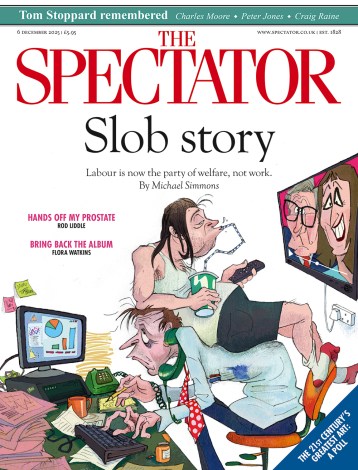
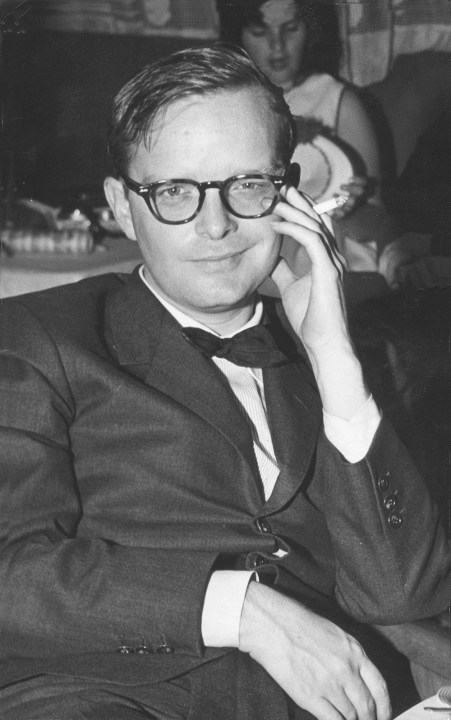
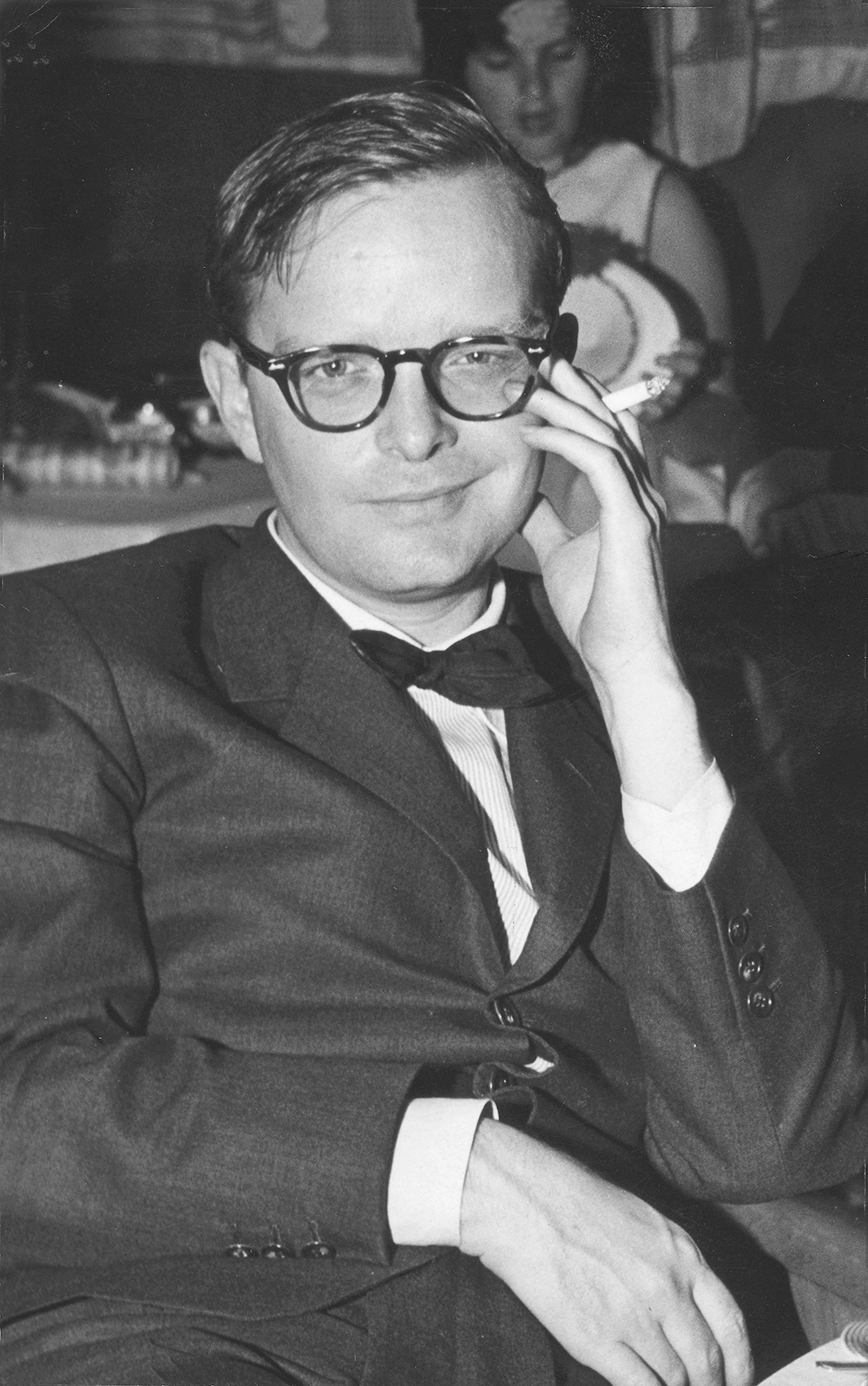
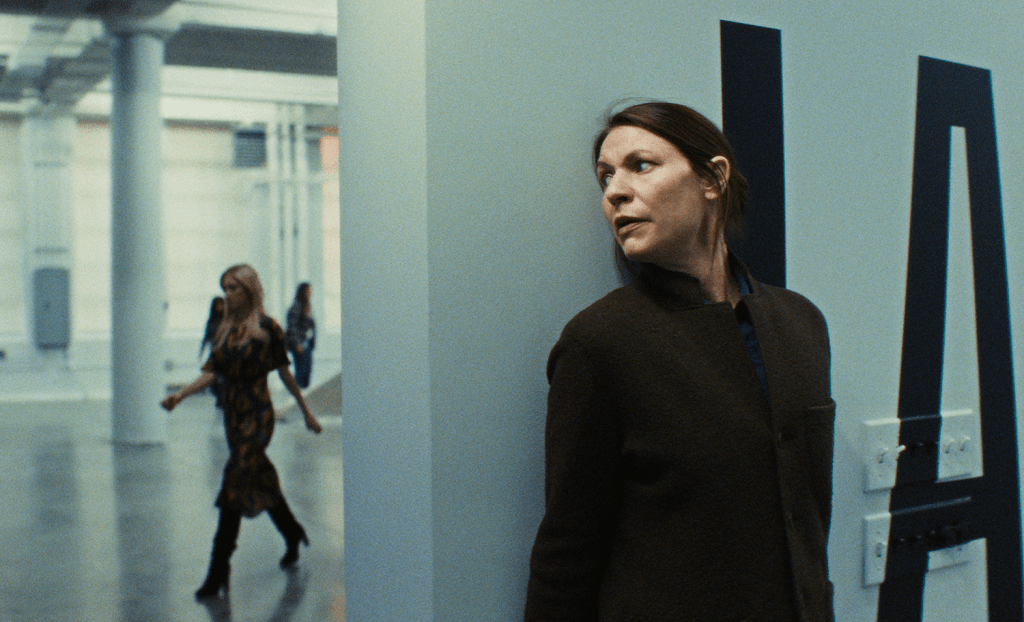




Comments